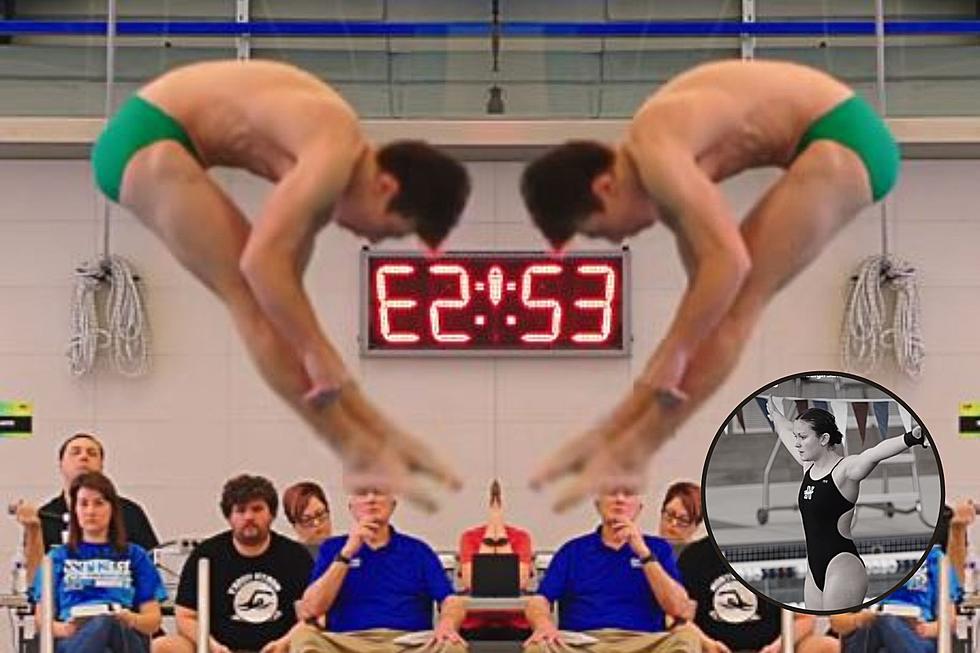
Indiana to Test 40-Second Play Clock in High School Football Beginning Friday
Beginning this weekend, schools across the entire state of Indiana will serve as a testing ground for a 40-second play clock during high school football. Pending a successful run, the concept could be adopted across the country.
For as long as I can remember, high school football has used a 25-second clock which resets at the completion of each offensive play. The clock doesn't restart until the referee spots the ball, and signals the clock operator. Despite the addition of 15 extra seconds, the thought process behind the concept is to help speed up the game.
What?
As football has evolved into a more pass-heavy game (it's not uncommon for a high school quarterback to have 25 to 30 passing attempts per game), so to has the amount of incomplete passes which stops the clock, therefore increasing the length of a game. Having called high school football games in Evansville for going on seven years, I can tell you that if a game finishing before 9:30 p.m. after a 7:00 p.m. kick off is an extremely rare occurrence.
With the new system, the same used by the NCAA, the play clock will still stop on an incomplete pass, however at the completion of a successful offensive play that remains in-bounds, it will reset to 40 seconds and begin running immediately, barring a team time out or officials time out.
The question will be whether or not the officials and chain crews will be able to keep up. Let's say a team is trying to push the tempo and completes a 40-yard play, can the referee get down the field as quick as the players to spot the ball? Or will the chain crew be able to hustle down the sideline fast enough to set the chains in the appropriate place so the offense can run their next play? While all the referees in the Evansville area are certified by the IHSAA, many times the chain crews are volunteers, and can be a little older.
There will no doubt be some glitches and hangups as the season wears on, however they should have plenty of time to work them out as the 40-second clock experiment is scheduled to take place over the next three years. From that point, officials will determine if the concept should be implemented on a national scale.
More From My WJLT 105.3









